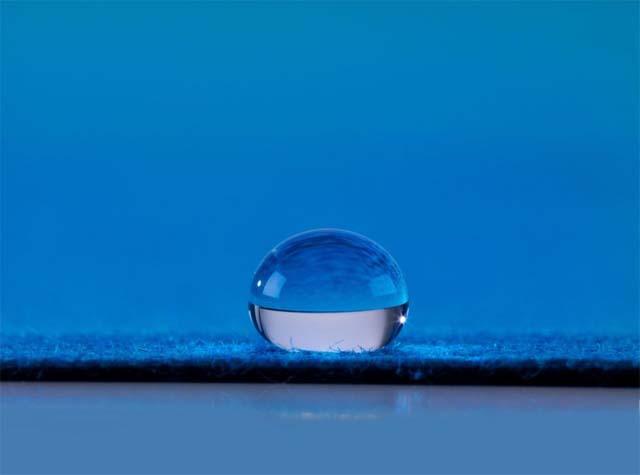P2i responsible for Motorola being water-repellent

What is P2i?
What other phone makers are having the P2i Splashguard technology?
Are these technologies effective and to what extent do they repel the water and moisture?


What is P2i?
What other phone makers are having the P2i Splashguard technology?
Are these technologies effective and to what extent do they repel the water and moisture?


Great question and thanks for your interest in our technology. As a bit of background P2i is the world leader in liquid repellent nano-coating technology and we apply our technology across five different markets including electronics (Aridion) and lifestyle (ion-mask). Our technology is applied on the nanoscale and is 1000 times thinner than a human hair so is invisible to the human eye. The coating protects electronics from liquid/water and corrosion damage without changing the look or feel of the products. Aridion is not a waterproof technology as it is not a barrier, instead it protects from everyday scenarios such as splashes and spills. You can find out more about Aridion here: www.p2i.com/aridion. Splash-Guard is the name the coating has been given to specific devices such as the RAZR. Thanks, P2i


P2i stands for Perform Protect Improve. It provides nanotechnology solutions and works with manufacturers to bring liquid repellent nano-coating protection to products over 5 important market sectors: electronics, filtration and energy, lifestyle, life sciences, and military and institutional. P2i started in 2004 to commercialize the technologies designed by the UK MoD’s Defense Science and Technology Laboratory.
P2i, which has headquarters in the United Kingdom, has also a processing facility in the United States, applications centers in China, and an office in Singapore. P2i’s platform technology is based on the original PhD research of Dr. Stephen Coulson, the company’s Chief Technology Officer, done in the late 1990s within the Functional Surfaces group headed by Professor Jas Pal Badyal at the Durham University.
The technology lowers the products’ surface energy by creating an ultrathin polymer coating on every surface. The polymer coating is based on perfluorinated carbon compounds. The coating keeps the surface of the products “neutral” therefore reducing disruption of intermolecular bonds inside a liquid. The liquids stay in droplet formation instead of spreading out and being attracted on a product and move away easily.
The P2i technology uses plasma-enhanced chemical vapor deposition processing to apply the ultrathin polymer layer into all surfaces of the product. This process happens inside a vacuum chamber at room temperature under low pressure.

